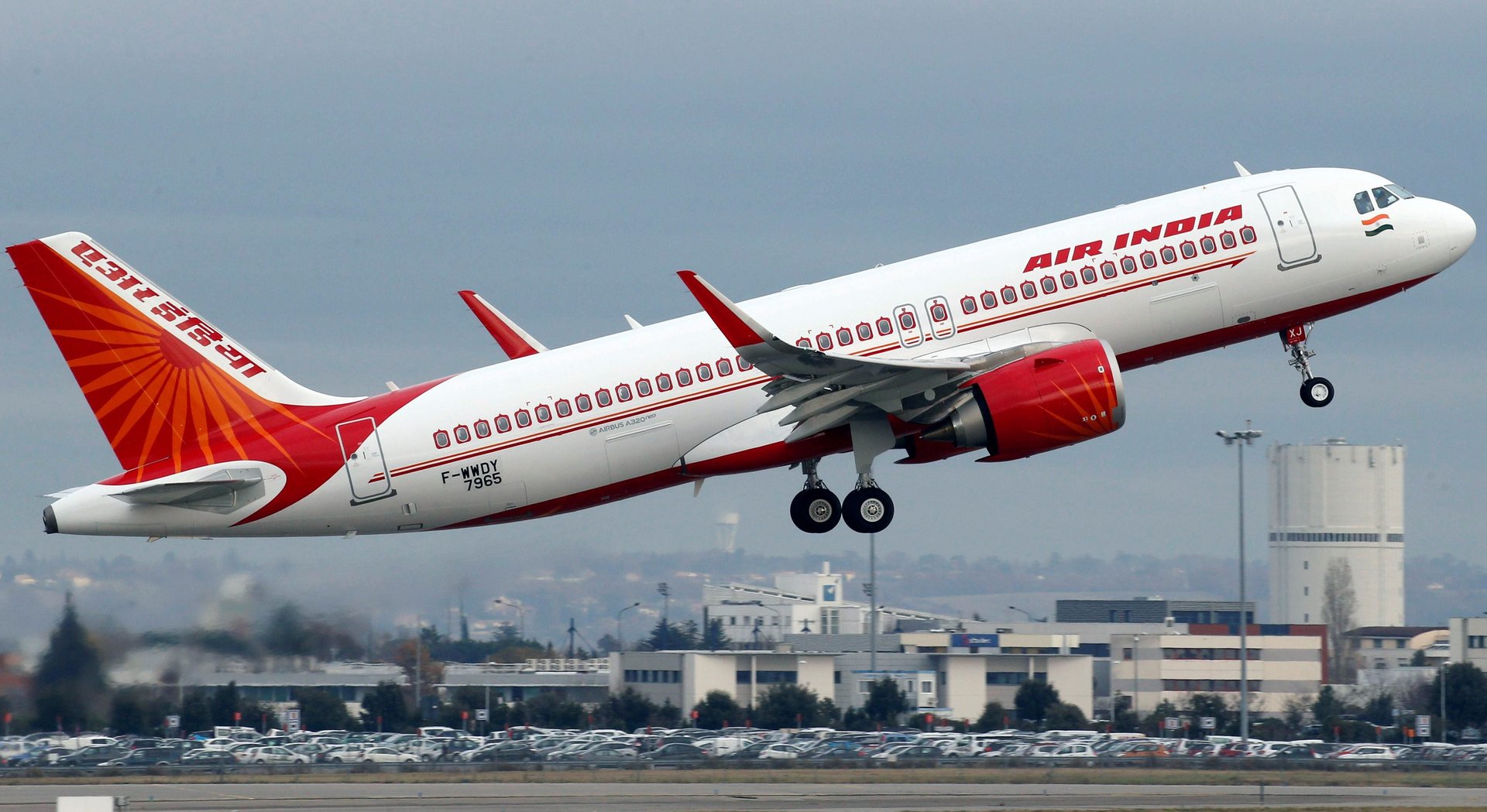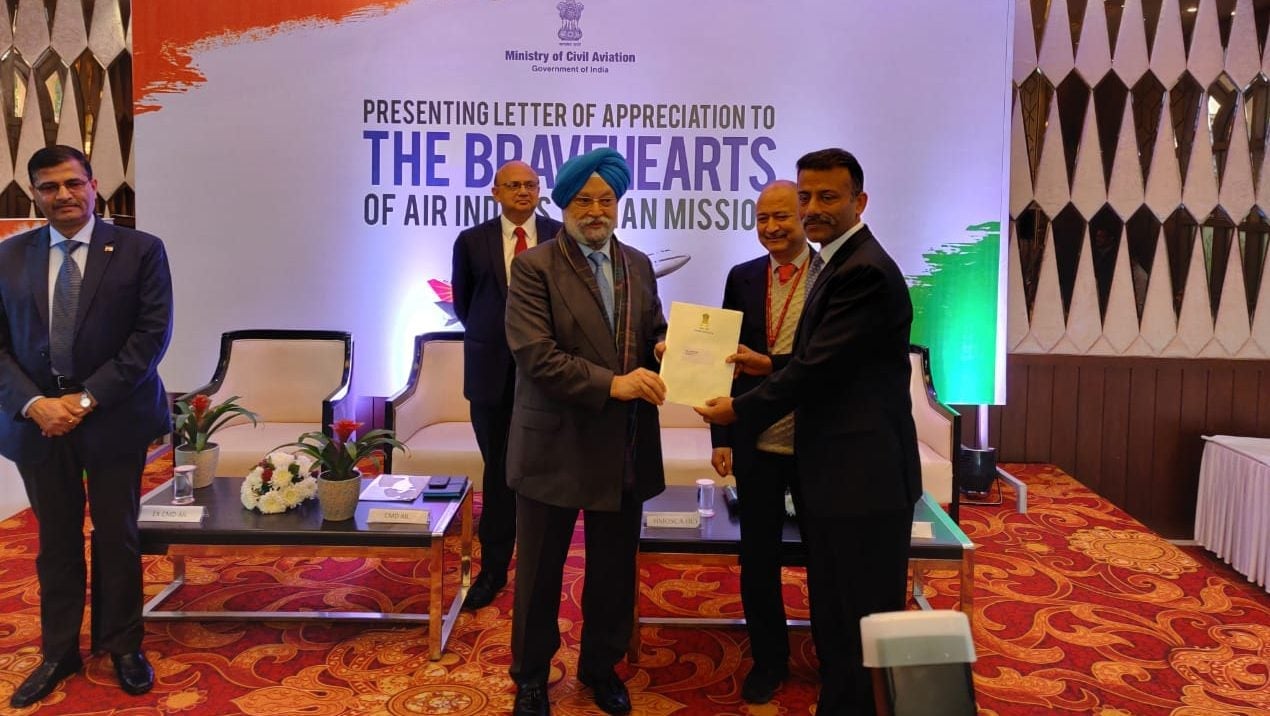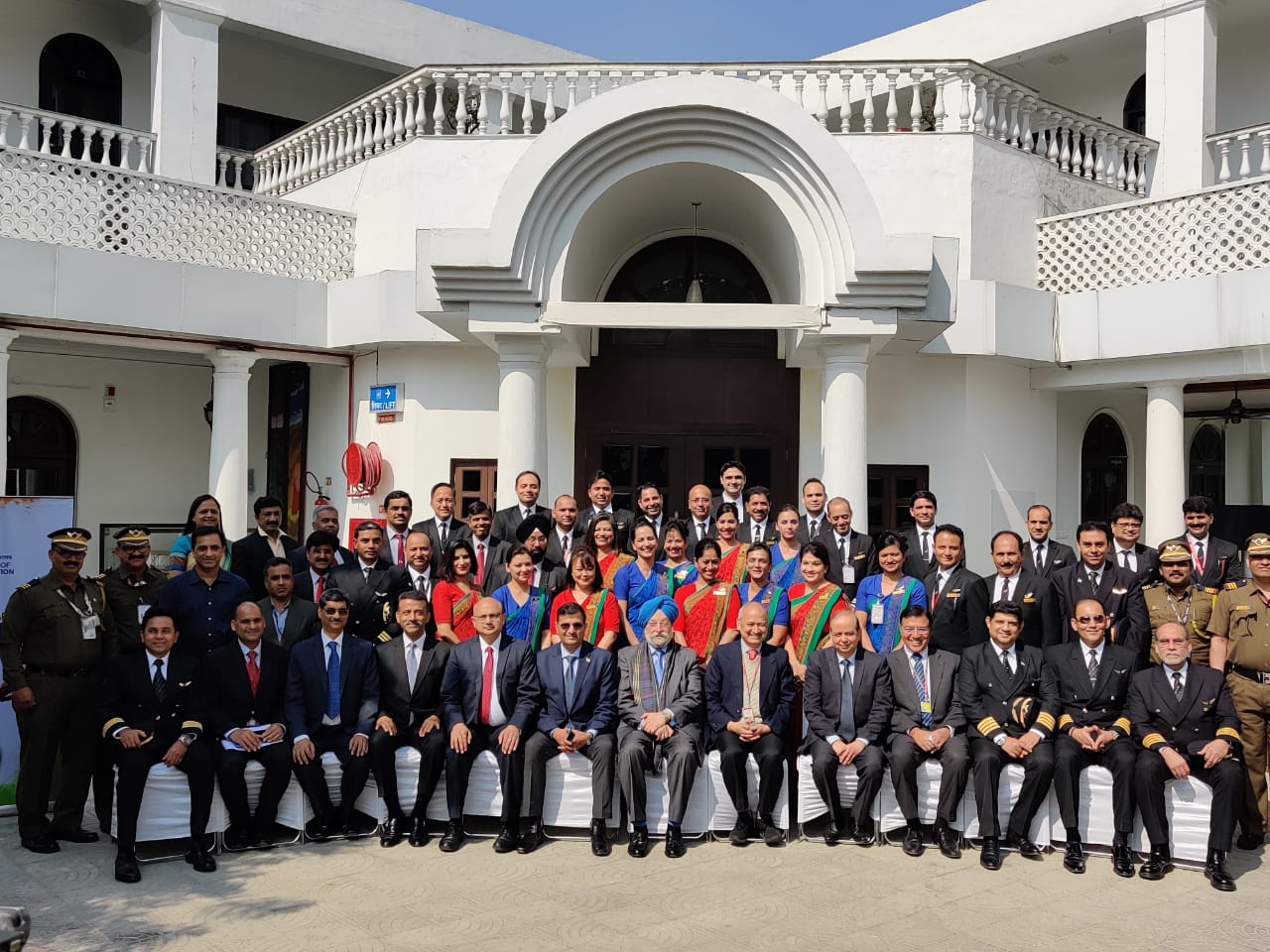Air India pilot recalls the “deathly quiet” in Wuhan amidst coronavirus evacuation
“An eerie silence prevailed, with no sight of humans anywhere.”


“An eerie silence prevailed, with no sight of humans anywhere.”
That’s how captain Amitabh Singh described the Chinese city of Wuhan, the epicentre of the global novel Coronavirus outbreak.
Singh, who is director of operations at Air India, planned and led the national carrier’s evacuation missions from the city on Jan. 31 and Feb. 1. The first flight airlifted 324 Indians out Wuhan; the second one rescued 323, besides seven Maldivians.

“We carried our own support system and had minimal support from China, as they themselves are busy battling the deadly virus,” said Singh, the executive commander of the first flight.
Yesterday (Feb. 17), India’s civil aviation minister, Hardeep Singh Puri handed out prime minister Narendra Modi’s letters of appreciation to 68 Air India staffers, including Singh, involved in the operations. “We are proud of the commitment shown by the Air India team to bring home their countrymen despite the trying conditions in Wuhan,” Puri said.

On the sidelines of the event, Singh spoke to Quartz about the challenges the crew faced and described the first reactions of the stranded citizens when they got to know they were finally going home. Edited excerpts:
What was your and your crew’s first reaction to this evacuation mission?
The moment we received directions, the entire crew was ready. We (Air India) have always been the airline of choice for VVIP flights, hence, we always have a team ready to operate flights at a moment’s notice. We have conducted evacuations in the past, which geared us up for this operation. However, the Wuhan evacuation was different. Here, we went to the epicentre of an epidemic, which would require staff to attend to patients who might have been infected. A lot of credit goes to captain Sanjay Gupta, who coordinated most of the activities.
What were the challenges you faced? How did you prepare?
One of the biggest challenges was getting visas from Chinese authorities. By the time we collected everyone’s passports and got the required forms filled up, it was already evening and the next day we were supposed to fly. Mine and Gupta’s visas were received at 11pm while some others got theirs the next morning at 7am. We had support from both Air India and government doctors. They explained to the crew the dos & (and) don’ts.
Air India’s been involved in past evacuation operations. Can you elaborate on these missions?
Air India has always been considered the second line of defence during emergencies. Whenever there was a war or natural disaster, like the Nepal earthquake of 2015, Air India was always there. In 1990, I was actively involved as a young first officer in evacuating Indians from Kuwait during the Gulf War. It was one of the largest evacuation missions, involving 488 flights. We’ve carried out missions in Yemen, Jordan, and Egypt as well. So there are quite a few precedents.
How many staffers were on the two flights to Wuhan?
Approximately, 15 cabin crew and five pilots, including myself, on each flight. (Air India deployed one of its 423-seater Boeing 747 planes to Wuhan.)
What was it like when you landed in Wuhan? Were there any other flights?
How did Indians in China react when they got to know they were finally going back home?
When they came on board they obviously looked scared, tired, and worried. However, after they processed that they are on their way back home, there was a big sigh of relief. We could see smiles on their faces. When we took off, there was euphoric clapping.
India has offered to evacuate Pakistani students from Wuhan. Will you and your crew be willing to repeat this mission all over again?
Absolutely. No doubt about it. The entire crew will be more than happy to do it.